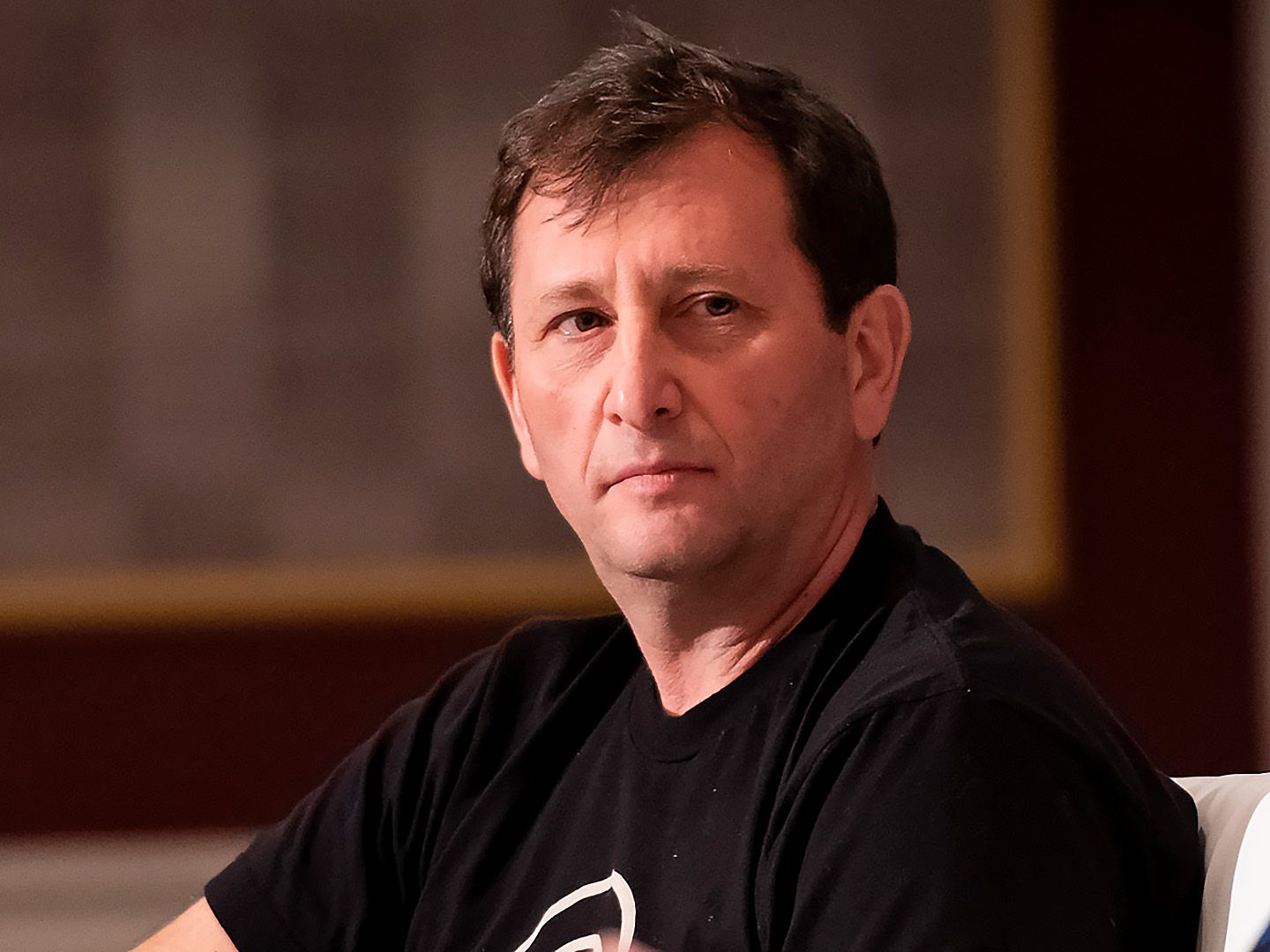We sat down with this week’s Spotlight Artist, Indrani Mitra, to discuss the feeling of creating physical versus digital art, literary inspirations, balancing family and art, and more.
Visit Indrani Mitra’s storefront.
MP: Can you tell me a little bit about yourself and your history as both an artist and as someone who sells NFTs?
IM: At this point, my definition revolves around being a mom, a wife, a daughter-in-law, and, when time allows, an artist. So yes, personal and professional life collide in chaos most days, and on rare occasions, when breathing is allowed, colors flow out.
When I was a very young girl in India, I took dance classes and found I had two left feet. Then came singing, where I spent most of my time annoying my mom, who tried to teach me how to sing. The only place where I could immerse myself and be a perfectly quiet little person was in art classes.
I had the most amazing three years of art class. The teacher gave you complete freedom to do as you pleased yet somehow guided and taught concepts. That was the end and beginning of it.
I never found another mentor like that nor the time to formally pursue the craft. I know one can pursue one’s passion by disregarding everything, but being an only child — and an overly responsible one at that — tends to put a spanner in the works.
Then one day, a few months after I started painting again after 20 or so years, Makersplace reached out, and the rest is history. I didn’t even know what NFTs were, but this community pulled me in. No matter what happens after this, whether I make it as an artist or not, 2018–2020 will stay precious, and all those people will always be in my heart.
MP: As someone who’s primarily worked with physical art materials, can you tell about your transition to selling work digitally?
IM: The selling part is always difficult. I have not found it very different from selling physical art. You have to know the right people, say the right things, market the right way, and in today’s world stay visible and “influence.” I wish I had the gumption to do it, but my inner self rebels and says to leave it. If it is good enough, the art will see light someday.
What I did find difficult is adjusting to the tools. While digital tools are very convenient, I also find that the “shortcuts” on offer tend to diminish my enjoyment, so I never use them. There is something very cathartic in filling up spaces with designs or colors that the “fill” command does not provide. Or doing things from scratch.
Selling has never been the driver. Yes, it is an acknowledgment, but letting that drive my art tends to make me feel like a production machine and not a breathing, feeling human. You could say I have this habit of not thinking about it.
MP: Your MakersPlace bio mentions that…
Read More: rare.makersplace.com









 Bitcoin
Bitcoin  Ethereum
Ethereum  XRP
XRP  Tether
Tether  Solana
Solana  Dogecoin
Dogecoin  Cardano
Cardano  USDC
USDC  Lido Staked Ether
Lido Staked Ether  TRON
TRON  Avalanche
Avalanche  Toncoin
Toncoin  Shiba Inu
Shiba Inu  Polkadot
Polkadot  Wrapped stETH
Wrapped stETH  Stellar
Stellar  Chainlink
Chainlink  Wrapped Bitcoin
Wrapped Bitcoin  Hedera
Hedera  Bitcoin Cash
Bitcoin Cash  Sui
Sui  WETH
WETH  Litecoin
Litecoin  Uniswap
Uniswap  NEAR Protocol
NEAR Protocol  LEO Token
LEO Token  Pepe
Pepe  Aptos
Aptos  Wrapped eETH
Wrapped eETH  Internet Computer
Internet Computer  POL (ex-MATIC)
POL (ex-MATIC)  Cronos
Cronos  USDS
USDS  Ethereum Classic
Ethereum Classic  Bittensor
Bittensor  Artificial Superintelligence Alliance
Artificial Superintelligence Alliance  Ethena USDe
Ethena USDe  Filecoin
Filecoin  Render
Render  Arbitrum
Arbitrum  Algorand
Algorand  Hyperliquid
Hyperliquid  Cosmos Hub
Cosmos Hub  Stacks
Stacks  Celestia
Celestia  Aave
Aave  Immutable
Immutable